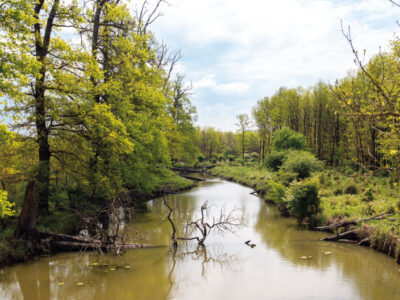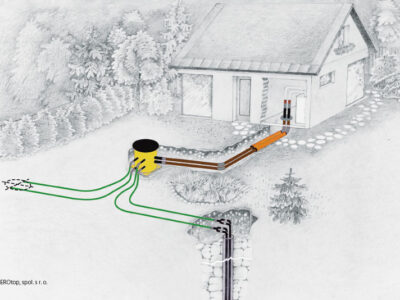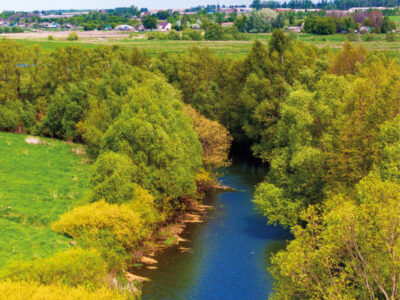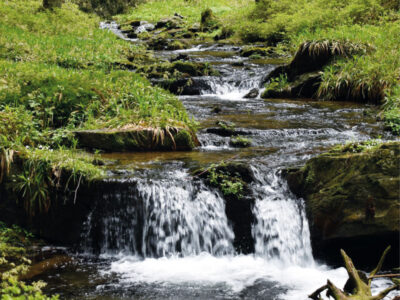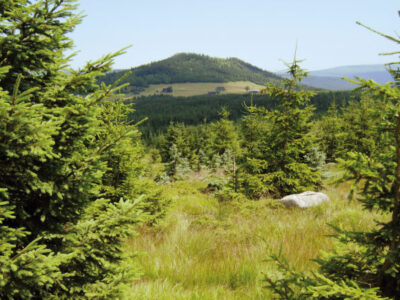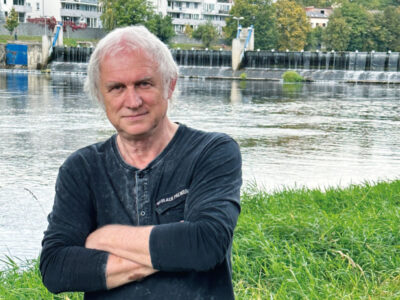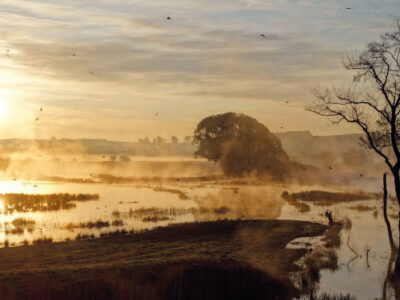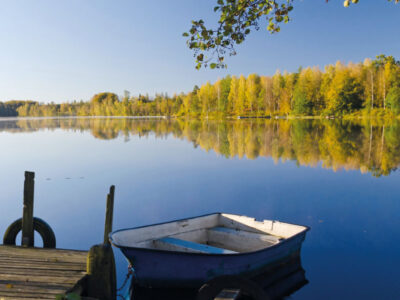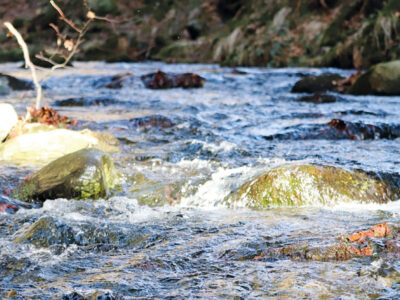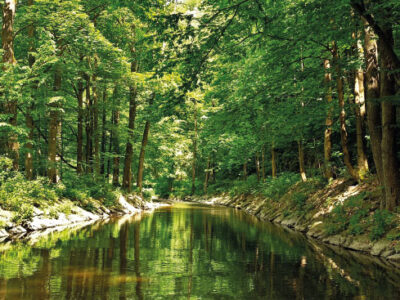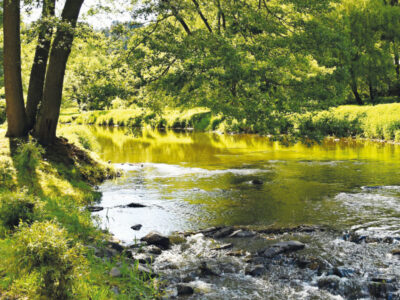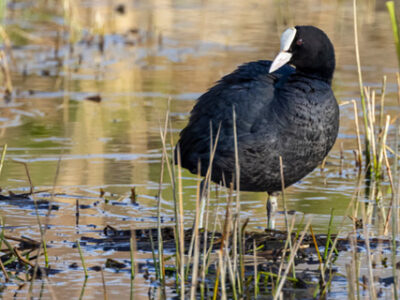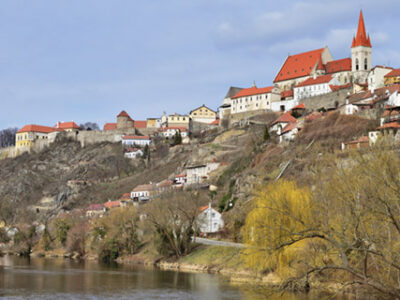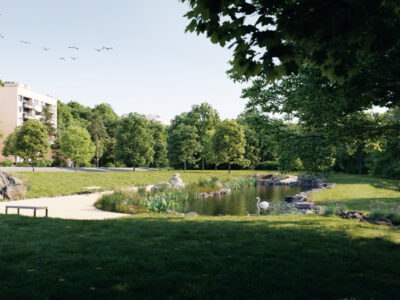Interview with doc. RNDr. Zbyněk Hrkal, CSc., hydrogeologist, writer, and populariser of water management
The October issue of the VTEI journal deals mainly with groundwater and its management. We therefore discussed the promotion of this topic with a colleague who is engaged in research in groundwater, has been lecturing on hydrogeology
for a long time at the Faculty of Science, Charles University in Prague, and deals with the topic of water management in his publications. “The main problem in the world is not a physical lack of water, but poverty, illiteracy, and economic backwardness,” says Zbyněk Hrkal.

